Red Light Therapy Eyes Open or Closed, That's the Question
Red light therapy is all the rage for its skin and wellness benefits, but when it comes to your eyes, things get a little... blurry. Open or closed? That is the question.
In this definitive guide, we're clearing the air and giving you the answers you need, read on to find out.
Can Red Light Therapy Damage Your Eyes?
You've heard the buzz about red light therapy for your body — glowing skin, better sleep, maybe even a mood boost. But what about your eyes? Is red light therapy safe for your eyes? We get it, the thought of shining bright lights near your precious peepers or your eyes near infrared light can be a little unnerving. Let's dive into the facts.
The Lowdown on Red Light
Red light therapy uses specific wavelengths of light (think of it like a really narrow slice of the rainbow). These wavelengths fall into the "visible" and "infrared" spectrum.
-
Visible red light: This is what gives low-level laser therapy devices their glow. It's generally considered safe for the eyes, though some people may experience mild light sensitivity.
-
Infrared light: This light is invisible to the naked eye and penetrates deeper into tissues. It's often used for pain relief and inflammation, but it can pose a risk to the eyes if used incorrectly.

The Real Risks
So, can red light therapy actually hurt your eyes? The short answer is: It's unlikely, but there are a few things to keep in mind:
-
Intensity: Just like staring at the sun isn't a good idea, high-intensity red light (especially infrared) can damage your retinal cells over time.
-
Duration: Long exposure to even low-intensity red light might cause discomfort or temporary blurry vision.
-
Wavelength: Some wavelengths of light are more harmful than others. It's crucial to choose RLT devices that emit safe wavelengths and to use them according to the manufacturer's instructions.
The Verdict?
Red light therapy is generally safe for your eyes, but it's essential to be smart about it. We'll talk more about specific safety tips later on, but for now, rest assured that you don't need to avoid red light therapy altogether. In fact, it might even offer some surprising benefits for your eye health.
Eyes Open or Closed? The Red Light Therapy Debate
Should you be soaking up those red light rays with your eyes wide open or squeezed shut? The answer isn't as black and white as you might think. In this section, we'll explore the pros and cons of each option to help you decide which is best for you.

Image by macrovector_official on Freepik
🙆🏻♀️ The Case for Closed Eyes
-
Safety First: If you're using a high-intensity red light therapy device or one that emits a lot of infrared light, it's generally recommended to keep your eyes closed. This minimizes the risk of any potential damage to your retinal cells.
-
Relaxation: Red light therapy is a great time to unwind and de-stress. Closing your eyes can help you fully relax, focus on your body, and enjoy the experience.
-
Sensitivity: Some people find bright light, even deep red light, to be a bit irritating. If that's you, keeping your eyes closed can make your session more comfortable.
🙆🏻 The Argument for Open Eyes
-
Convenience: Let's be honest, it's sometimes just easier to keep your eyes open, especially if you're multitasking or using a device that doesn't require goggles.
-
Absorption: Some studies suggest that the skin around your eyes can benefit from red light therapy, so keeping your eyes open might help those areas absorb more light.
-
Eye Health: Certain wavelengths of red light have been shown to potentially improve eye health. Keeping your eyes open could help maximize those benefits.
The Verdict? It Depends.
Ultimately, the decision of whether to keep your eyes open or closed during red light treatment and delivery method comes down to a few factors:
-
Device type: If you're using a high-intensity device or one that emits a lot of infrared light, err on the side of caution and keep your eyes closed.
-
Personal preference: If you find bright lights uncomfortable, closing your eyes is perfectly fine.
-
Treatment goals: If you're specifically targeting the skin around your eyes, you might choose to keep them open.
Benefits of Red Light Therapy for Eyes
Hold up, red light treatment isn't just about dodging eye damage — it might actually improve your vision and eye health. Recent research suggests this therapy could be a game-changer, and we're here to spill the tea.

Power Up Your Peepers
-
Increased Blood Flow: Red light stimulates blood circulation, delivering oxygen and nutrients to your eyes and potentially enhancing their overall function.
-
Reduced Inflammation: Inflammation is a sneaky culprit behind many eye conditions. Red light therapy can help soothe inflammation and protect your eyes from damage.
-
Enhanced Cellular Energy: Remember those mitochondria we mentioned earlier? Red light gives them a boost, leading to healthier eye cells and potentially improved vision.
-
Vision Improvement: A 2021 study on red light treatment shows that it can enhance mitochondrial function in retinal cells, and improve vision that has declined due to aging, particularly color contrast sensitivity.
-
Potential for Healing: Studies suggest that red light therapy may help with conditions like macular degeneration, glaucoma, and dry eye syndrome.
Targeted Benefits for Eye Conditions
Red light therapy offers a promising, non-invasive treatment for a variety of eye-related concerns. Whether you're dealing with inflammation, dry eyes, or aging signs, this therapy might just be your new best friend.
Red light therapy can work wonders for dry eyes. It stimulates tear production and reduces inflammation in the lacrimal glands, leading to better hydration and comfort and effectively tackling chronic dryness and irritation.
- Eye Bags
Struggling with under-eye bags? Red light therapy boosts blood circulation and reduces fluid retention around the eyes. By addressing the root causes of puffiness and swelling, it helps restore a refreshed, more awake appearance.
- Dark Circles
Say goodbye to dark circles. Red light therapy increases collagen production and improves skin tone under the eyes. Enhanced blood flow and reduced inflammation brighten your complexion, minimizing those pesky dark patches.
- Eye Floaters
Although not directly proven to eliminate eye floaters, red light treatment supports overall eye health by enhancing cellular function and reducing oxidative stress. This can help maintain retinal health and potentially reduce the frequency of floaters.
Red light therapy is a powerful tool against eye inflammation. It targets inflammatory pathways and promotes cellular repair, helping to reduce swelling and manage conditions like blepharitis or conjunctivitis.
Combat eye wrinkles with red light treatment. By stimulating collagen and elastin production, it smooths out fine lines and promotes firmer, more youthful-looking skin, effectively addressing signs of aging and sun damage.
- Eye Styes/Chalazia
Got a stye or chalazia? Red light therapy's anti-inflammatory and antibacterial properties can speed up healing, reduce pain and swelling, and potentially prevent future occurrences by bolstering overall eye health.
- Hooded Eyes
While red light therapy isn't a miracle cure for hooded eyes, it can improve skin elasticity and firmness. By boosting collagen production, it might offer a subtle lifting effect over time, enhancing your eye contour.
- Puffy Eyes
Red light treatment is great for tackling puffy eyes. It enhances lymphatic drainage and reduces fluid retention, promoting better blood circulation and reducing inflammation for a more refreshed and less swollen look.
The Proof is in the Research
While more studies are needed to fully understand the effects of red light therapy on eyes, the early results are promising. Some studies have shown that red light therapy can:
-
Improve visual acuity: That means seeing things more clearly and sharply.
-
Control myopia: Red-light may improve choroidal blood perfusion and may be a critical tool for control of myopia via cytochrome and nitric oxide signaling.
-
Speed up healing after eye injuries: Can promote cellular repair and regeneration in the retina and other eye structures.
Proceed with Caution (and Excitement)
It's important to note that red light therapy for eye health is still an emerging field. While the potential benefits are exciting, it's always wise to consult with an eye care professional before starting any new treatment.
💡 Pro Tip: Look for red light therapy devices that are specifically designed for eye health. These devices often use specific wavelengths and intensities that have been studied for their eye-related benefits.
Safety First with Red Light Therapy
So, you're ready to bask in the glow of red light therapy (smart move). But before you fire up that device, let's talk about keeping those peepers safe and sound.

Goggle Up for Good Measure
Most reputable red light therapy devices come with protective eyewear for a reason. These goggles are designed to block out potentially harmful wavelengths of light while still allowing the beneficial ones to do their thing.
-
Not All Goggles are Created Equal: Make sure the goggles you use are specifically designed for red light therapy and block the correct wavelengths.
-
Don't Skip Them: Even if the instructions say eye protection for red light therapy is optional, we recommend playing it safe and using goggles anyway. Your eyes will thank you later.
-
Comfort is Key: Choose goggles that fit snugly and comfortably. You don't want them slipping around during your session.
Know Your Limits
Just like you wouldn't spend hours baking in the sun, to achieve the best results, it's important to follow the recommended usage guidelines for your red light therapy device.
-
Read the Instructions: Seriously, don't skip this step. Each device has specific recommendations for distance, duration, and frequency of use. Follow them to a T.
-
Less is More: It's best to start with shorter red light treatment sessions and gradually increase the time as your eyes adjust.
-
Listen to Your Body: If you experience any discomfort in your body, stop using the device and consult with an eye care professional.
Keep It Clean
Red light therapy devices can get a little dusty (and maybe even a little grimy). Keeping them clean is essential for both safety and effectiveness.
-
Wipe It Down: Use a soft, dry cloth to wipe down the device after each use.
-
Disinfect Regularly: Follow the manufacturer's instructions for disinfecting the device, especially if you share it with others.
-
Protect the LEDs: Avoid using harsh chemicals or abrasive materials that could damage the light-emitting diodes (LEDs).
If you have any concerns about red light therapy and eye safety, don't hesitate to reach out to an eye care professional. They can provide personalized advice based on your specific needs and health history.
Choosing the Right Red Light Therapy Glasses
Now that you're well-versed in red light therapy safety, let's talk about the most important accessory: your eye protection. After all, you wouldn't go into battle without your armor, right?

Red Light Therapy Glasses 😎
First things first, ditch those regular sunglasses. They won't cut it when it comes to red light therapy. You need specialized blackout goggles designed to block specific wavelengths of light. Here's what to look for:
-
Wavelength Blocking: Make sure the goggles block both visible and infrared light within the ranges emitted by your device. Most red light therapy goggles will specify this information.
-
Comfort: Look for goggles that fit well and don't put pressure on your eyes or nose. Adjustable straps can be a game-changer for a comfortable fit.
-
Durability: You want goggles that are built to last. Check for sturdy construction and materials that can withstand regular use. Soft silicone or foam padding can improve comfort and prevent light leakage.
A Word on DIY
While it might be tempting to grab a pair of blue-light-blocking glasses or even try to make your own goggles, we strongly advise against it. These DIY options often don't block the correct wavelengths and can give you a false sense of security. Invest in a proper pair of red-light therapy goggles for peace of mind.
Where to Find Them
Most reputable red light therapy brands provide goggles specifically designed for their devices. If you're using a different brand or a DIY setup, check out reputable online retailers or specialty stores that carry a variety of red light therapy accessories.
Wearing goggles is a small price to pay for protecting your precious eyesight. Don't skimp on this essential piece of equipment.
So, Are You Ready to Glow?
The lowdown on red light therapy and your eyes. You're now equipped with the knowledge to make informed decisions and reap the benefits of this incredible therapy safely. Remember, it's all about balancing caution with excitement.
Here's a quick recap to keep those peepers protected:
-
Red light therapy is generally safe for the eyes, but high intensity or long exposure can pose risks to retinal cells.
-
Eyes open or closed? It depends on the device and your preference, but safety first.
-
Red light might actually improve your eye health. Who knew?
-
Goggles are your best friends. Invest in a good pair and wear them religiously.
At Homlyns, we're all about warmth and well-being. Our top-notch home heating solutions can create a cozy haven for your entire body. Imagine coming home to a perfectly heated space, ready to relax and recharge. Because let's face it, warmth isn't just about comfort—it's about feeling truly at home.
References:
- Hamblin MR. Mechanisms and applications of the anti-inflammatory effects of photobiomodulation (https://pubmed.ncbi.nlm.nih.gov/28748217/). AIMS Biophys. 2017;4(3):337-361. doi:10.3934/biophy.2017.3.337
- Park Y, Kim H, Kim S, Cho KJ. Effect of low-level light therapy in patients with dry eye: a prospective, randomized, observer-masked trial (https://www.ncbi.nlm.nih.gov/pmc/articles/PMC8897458/). Sci Rep. 2022;12(1):3575. Published 2022 Mar 4. doi:10.1038/s41598-022-07427-6
- Rojas JC, Gonzalez-Lima F. Low-level light therapy of the eye and brain (https://www.ncbi.nlm.nih.gov/pmc/articles/PMC5436183/). Eye Brain. 2011;3:49-67. Published 2011 Oct 14. doi:10.2147/EB.S21391
- Stonecipher K, Potvin R. Low level light therapy for the treatment of recalcitrant chalazia: a sample case summary (https://www.ncbi.nlm.nih.gov/pmc/articles/PMC6734093/). Clin Ophthalmol. 2019;13:1727-1733. Published 2019 Sep 5. doi:10.2147/OPTH.S225506
- Wunsch A, Matuschka K. A controlled trial to determine the efficacy of red and near-infrared light treatment in patient satisfaction, reduction of fine lines, wrinkles, skin roughness, and intradermal collagen density increase (https://www.ncbi.nlm.nih.gov/pmc/articles/PMC3926176/). Photomed Laser Surg. 2014;32(2):93-100. doi:10.1089/pho.2013.3616
- Zhu Q, Cao X, Zhang Y, et al. Repeated Low-Level Red-Light Therapy for Controlling Onset and Progression of Myopia-a Review (https://www.ncbi.nlm.nih.gov/pmc/articles/PMC10542022/). Int J Med Sci. 2023;20(10):1363-1376. Published 2023 Sep 4. doi:10.7150/ijms.85746
Related Post about Red Light Therapy:




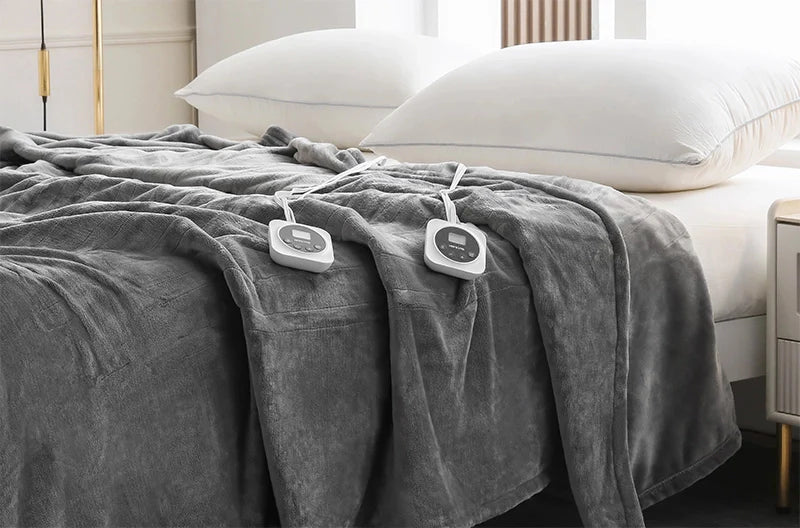
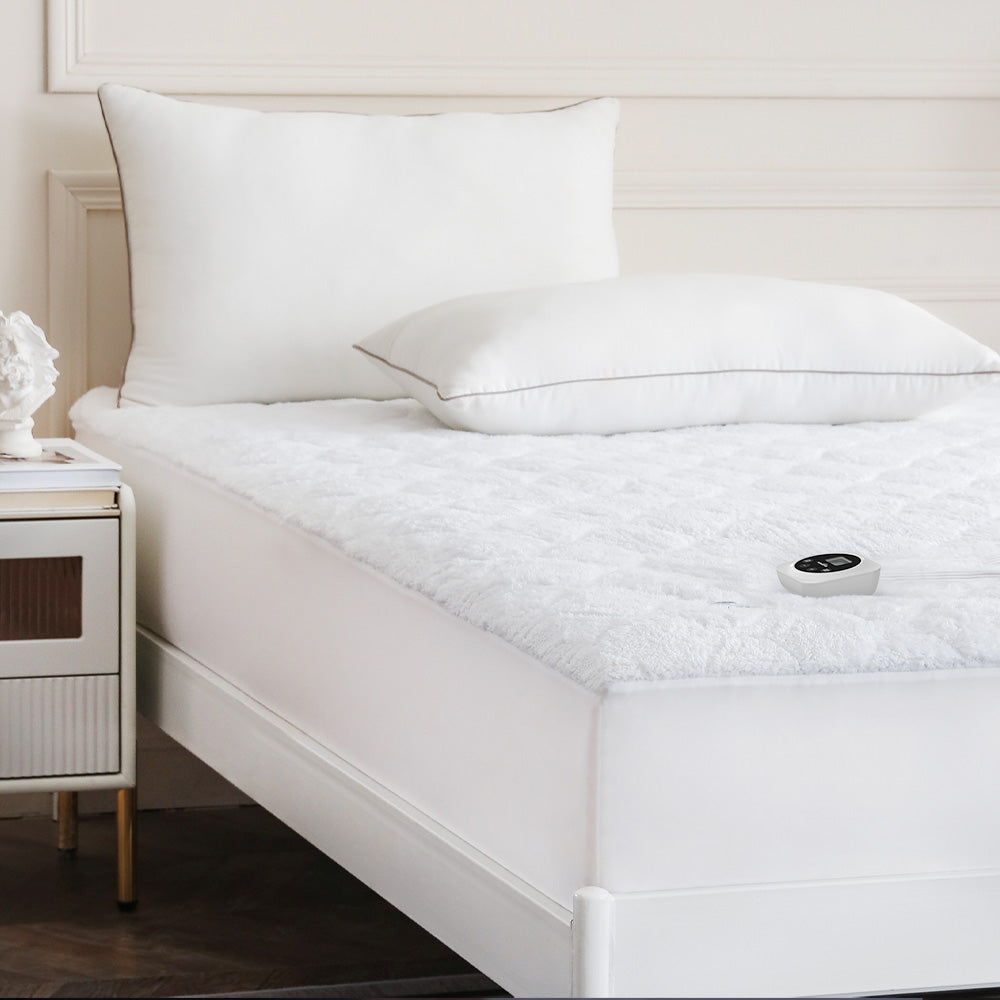
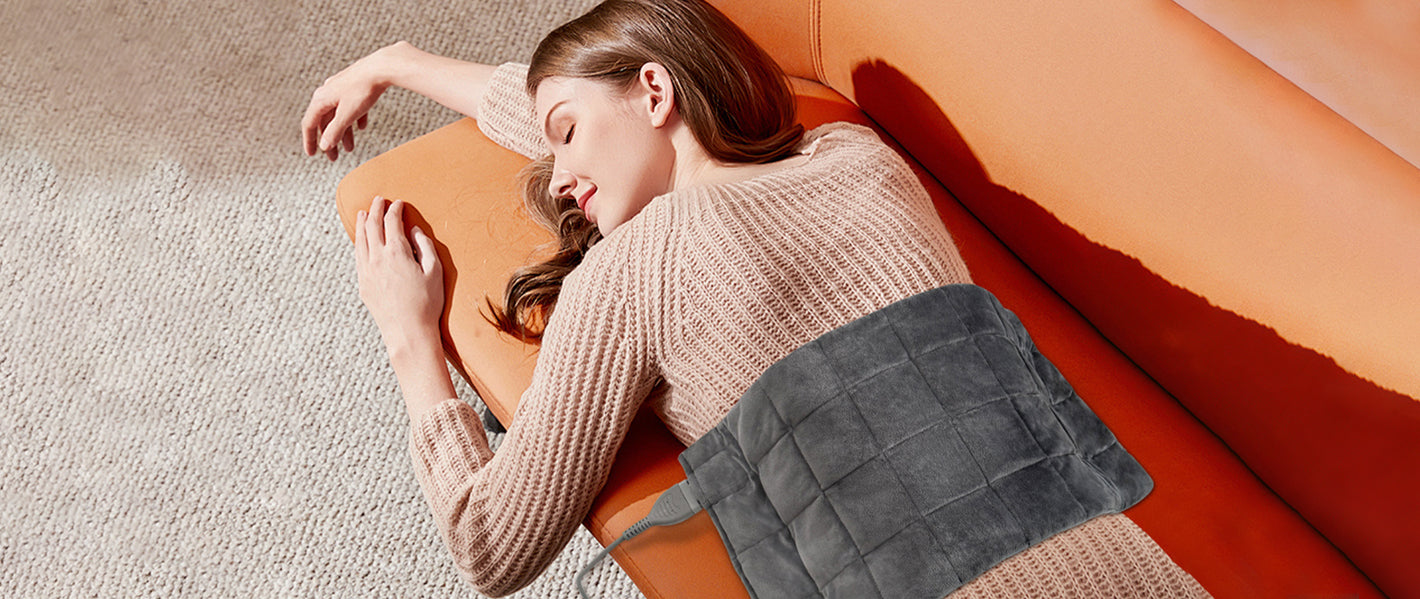
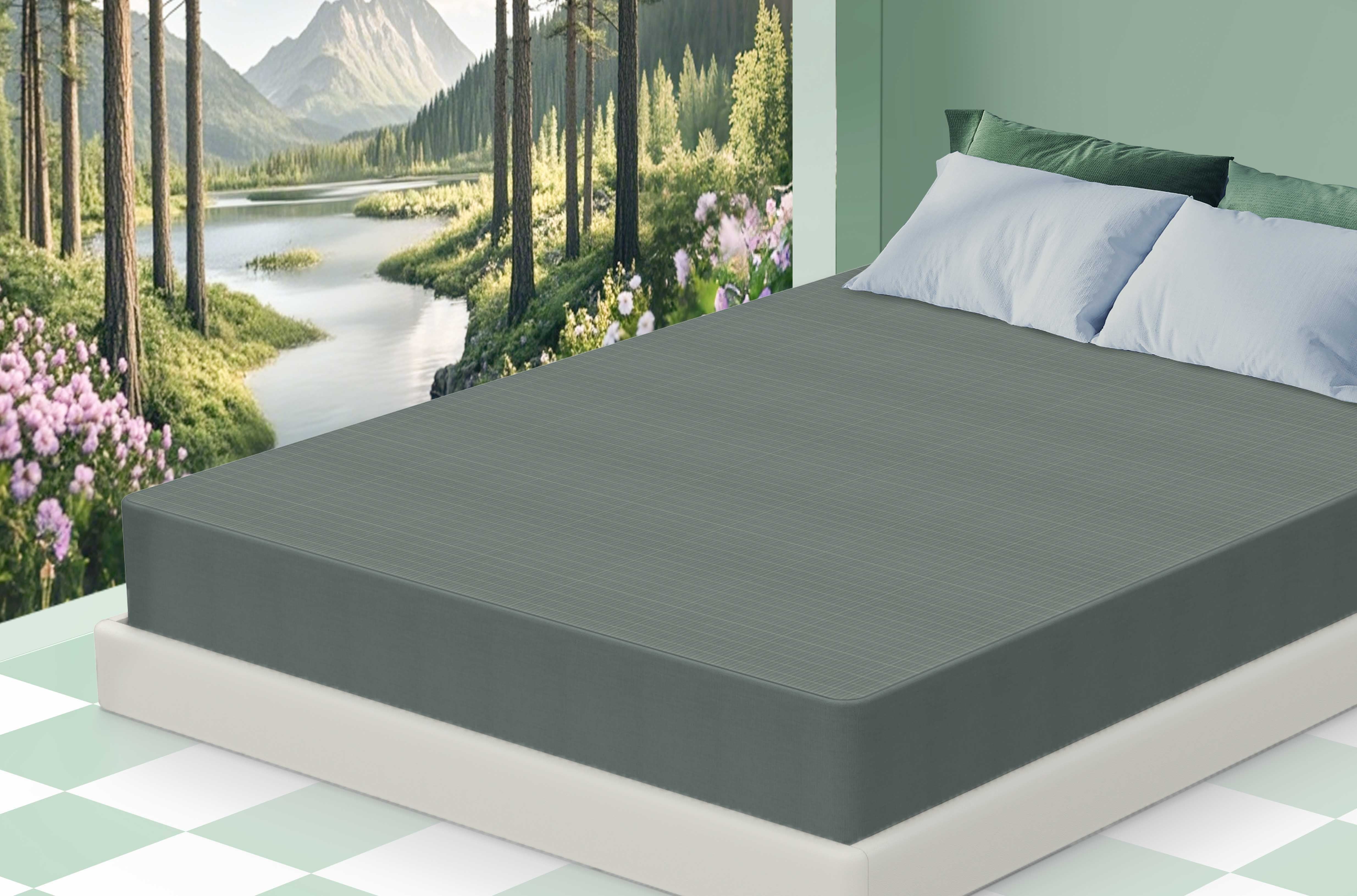

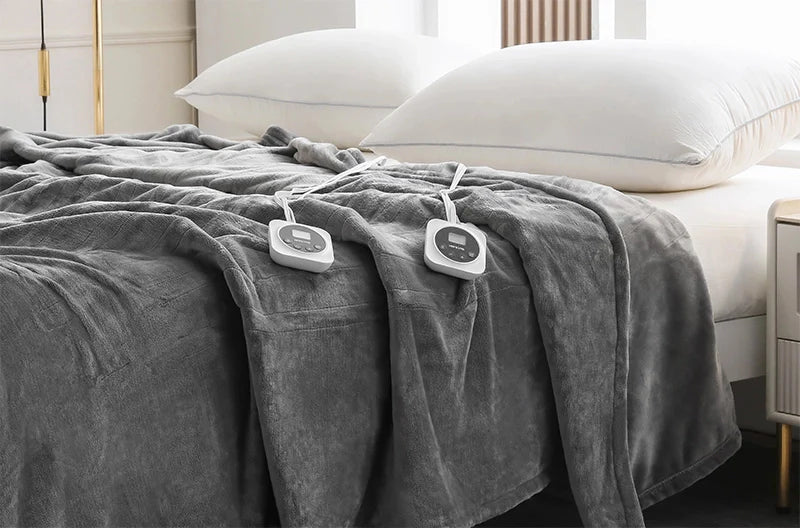
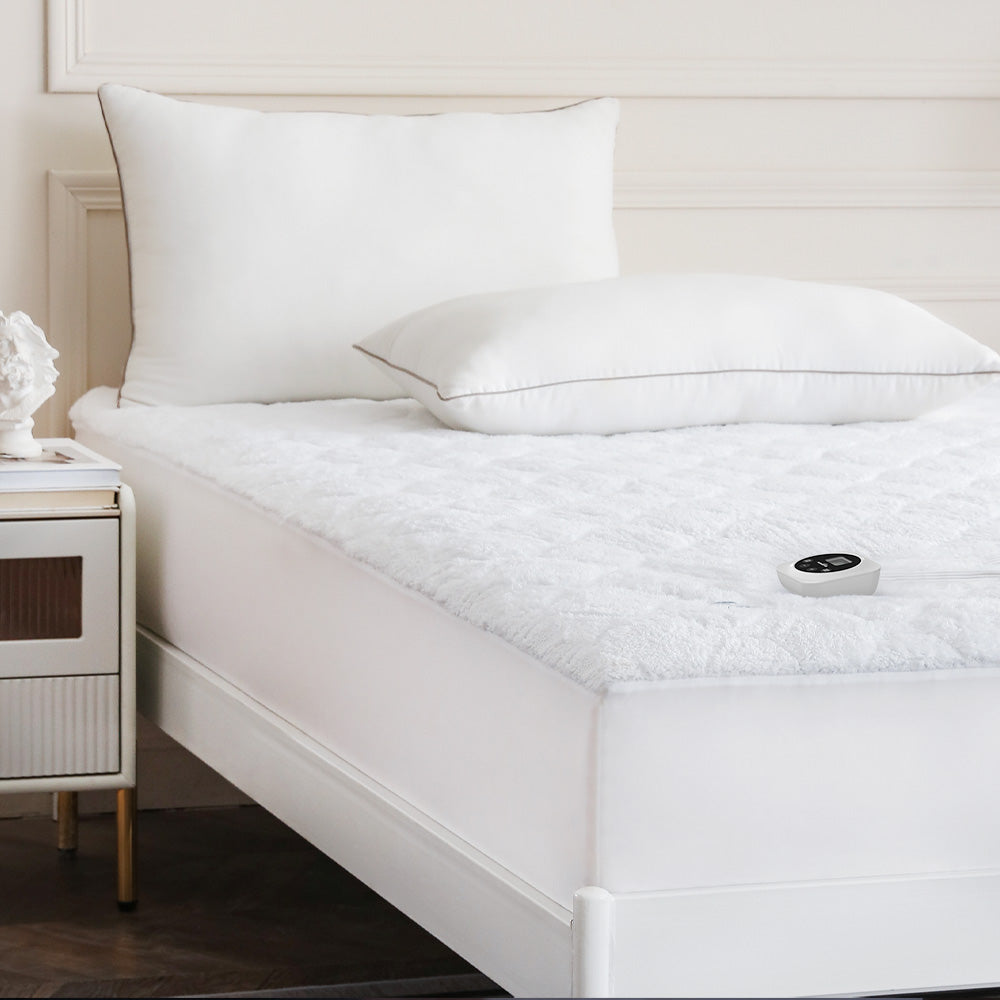
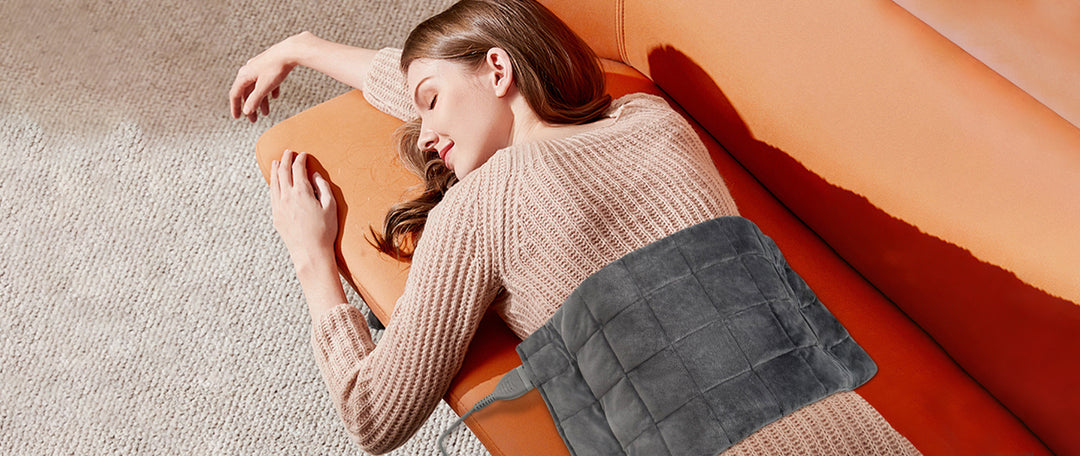
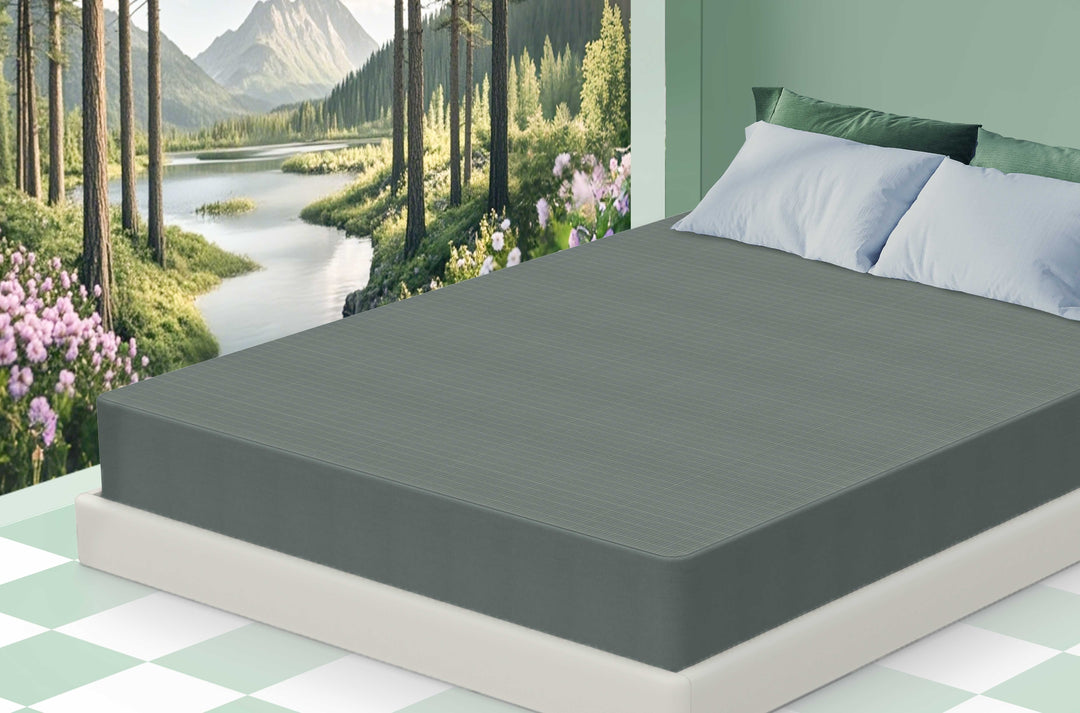



Leave a comment